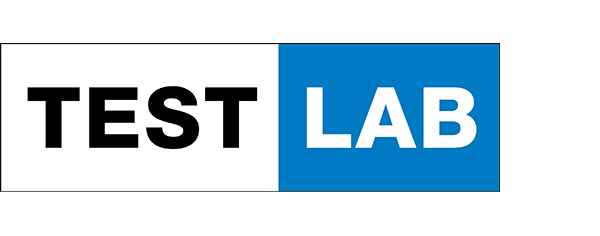Huawei has put the newly developed dual camera at the forefront of the P9. However, in our eyes the compact and elegant design is much more meaningful, which Huawei has only gotten right in this form. Despite a relatively big 5.2-inch display, the smartphone is only 145 x 71 x 7 mm and pleasantly light at just 144 grammes. Most other devices with this display size are thicker (Galaxy A5), broader (Lumia 950) or heavier (Xperia Z5). The fact that the P9 sits in an aluminium body will not knock anyone off of their seats if they have followed Huawei for a while. The Chinese company are known for not being stingy with the metal. The P9 is however the first Huawei model with rounded edges in the back. This is a design trick that smartphone manufacturers have only used up until now to refine the display glass on the front, the iPhone 6 being the most well-known example. In the P9, the front and back sides are gently rounded, creating not only an elegant look but also a very good feel in the hand – precise workmanship meets the highest of standards. With the P9, Huawei has launched a high-end smartphone with a design and feel that easily comes toe-to-toe with the big boys of Apple and Samsung.






High contrast range
The resolution of 1920 x 1080 on 5.2 inches is enough for an ultra sharp image quality. The brightness only hovers around the mid-table for an LCD, although a particularly low black level does create magnificent contracts, especially in bright environments. This means that the screen is easier to see than most on a bright summer's day. The contrast diagram also shows that the viewing angle is not very stable, meaning that the readability suffers above average at oblique angles. Our measurements also show that the sRGB colour range is extended, particularly towards the green spectral range, which may cause unwanted colour cast. This however is not a problem because Huawei is one of the few manufacturers that allows colour temperature adjustments to be made in the system.
PRO
- Elegant, very convenient casing
- IPS display with high contrast range in daylight
- Unique camera features
- Customised Android system with lots of clever extras
- Fingerprint sensor on the back with high detection rate
- USB-C instead of Micro USB
CONTRA
- No equaliser
- Disappointing battery life
- Bad wireless capabilities in GSM network
- 4K videos not supported
For the processor, the Chinese company has used a Kirin gen 955 for the first time, manufactured using the 16nm FinFET plus process, which results in high performance with low energy consumption. In our test the system (Android 6.0 with the latest EMUI version 4.1) responded accordingly fast, with apps starting in a flash. With its eight cores (arranged in a big.LITTLE architecture with 2.5/1.8 GHz), it will be difficult to push it to its performance limits. The P9 even runs graphics-intensive games and benchmarks like a breeze, the traditional weakness of Kirin chipsets. With 3 GB of RAM, the memory is more than enough. In benchmarks, the Kirin 955 lands clearly behind the top chipsets of Samsung (Exynos 8890, Galaxy S7) and Qualcomm (Snapdragon 820, HTC 10), but these rankings hardly reflect everyday use and are mainly interesting for nerds. Also worthy of mention is the USB-C connector and rear fingerprint sensor that works perfectly and can be used again in EMUI 4.1 as a touchpad, allowing you to pull down the status bar and swipe to the next photo in the gallery. More clever operating tricks can be found in the system settings under "Intelligent Support". We particularly liked the option of turning the smartphone off and on again at a fixed time, allowing you for example to completely shut down the phone for a few hours every night. This is basically a trivial software extension, which however very few companies implement.
Subpar life
Huawei has earned kudos for building in a large 3000 mAh battery despite the compact design; this is a significant increase over its predecessor P8 (2600 mAh) and above average when compared to other brands. Unfortunately, the Chinese company is unable to translate this into increased staying power: in our standardised mix of applications, the P9 only achieved a runtime of 6:04 hours, which is clearly under the average of seven to eight hours. Our detailed measurements show that its power consumption under load is higher than average, suggesting that Huawei does not yet have perfect control over the energy management of the new processor generation. But that's just speculation. The fact is that you barely make it to the end of the day with current software; almost all other smartphones in this price range hold out longer. Crumb of comfort: with the high output power of 2 amps of the supplied power supply unit, the P9 is fully charged after about one and a half hours. Its wireless capabilities do not convince all along the line. While the P9 easily wins the rating Very Good on the LTE network, it barely earns a Good in the UMTS network and a Satisfactory in the GSM network. The acoustics are unobtrusive – in a positive sense.
Unexploited potential
The P9 has been available since mid-April for €569. A fair price considering what's in the package: few other smartphones sit so well in the hand and have at the same time a very good camera. That the first device with Leica technology is nonetheless not a high achiever can be attributed to the below-average battery life and patchy radio performance. The P9 is a good smartphone that could have reached even higher heights – if Huawei had exploited its full potential. ANDREAS SEEGER

